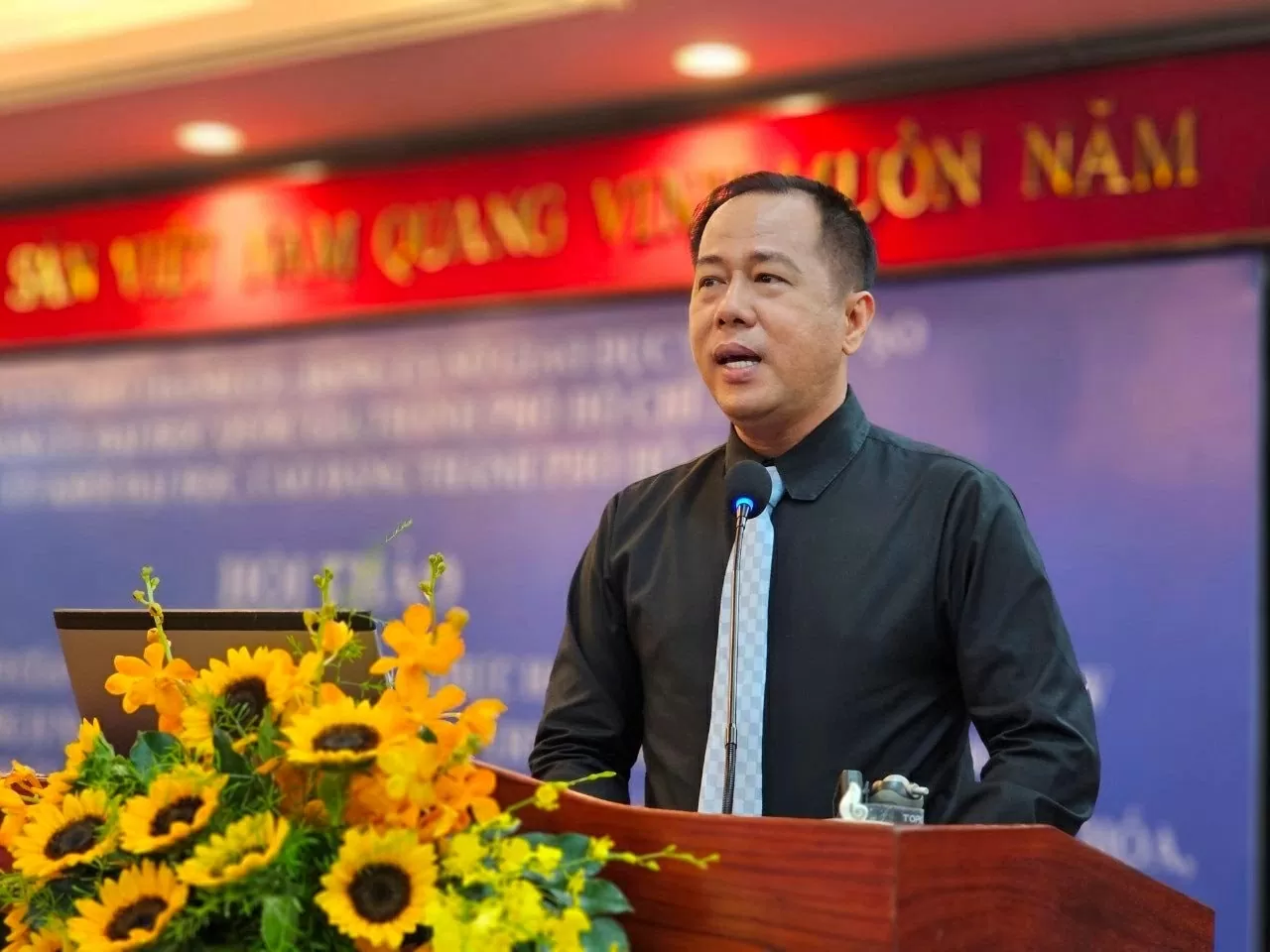 |
| Prof. Dr. Huynh Van Son believes that the month of action for children is not only an opportunity but also a focus to promote connection, continuity, maintenance, and extension to reach the goal of working for children. (Photo: CGCC) |
Aiming for children
The theme of the Month of Action for Children 2025 is: “Prioritizing resources to achieve goals for children” is not only a call, but also emphasizes the responsibility for practical action. When society puts children at the center of sustainable development, every policy, plan or action needs to consider the interests, safety and rights of children to comprehensive development.
Putting children first means investing ineducation , health and protection from violence, abuse and injustice – so that every child can thrive and no one is left behind. This is a message not only for policymakers but for society as a whole that children are not just the future, but the present that needs investment and protection today.
The Month of Action for Children is not only an opportunity for mobilization, but also a highlight to connect, maintain and spread persistent efforts for a safe, fair and loving living environment for children.
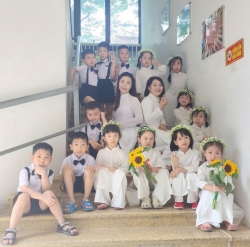 International Children's Day (June 1): Children are happy to be themselves International Children's Day (June 1): Children are happy to be themselves |
| Related News |
In the current context of many changes and social pressures, there are three resources that need special priority: quality human resources, psychological and educational support systems, and sustainable financial policies for children.
In particular, for vulnerable groups such as children with disabilities, in remote areas, or affected by divorce or domestic violence, access to appropriate mental health care and education services is extremely important.
We cannot only invest in physical infrastructure and forget about people - a team of social workers, educators and psychologists who are capable and dedicated to children, especially disadvantaged or vulnerable children.
Many solutions need action, but also need careful consideration and evaluation in allocating the budget to ensure fairness, efficiency and feasibility, so that all children, regardless of their circumstances, have equal opportunities to develop.
The rights of Vietnamese children to live, to be protected, to develop and to participate have changed to a certain extent and this is a significant effort of the whole society. However, one of the biggest barriers is the lack of synchronization and long-term commitment among relevant parties. In many places, the "for children" movement has only stopped at the level of a temporary movement or manifestation, while the actual implementation is still scattered and formal. In addition, the inadequate awareness of children's rights among some families, teachers and even child protection officers also needs attention.
We are lacking the integration of physical, mental, educational and protective care in a consistent support system for children. The neglect of school and family psychology causes many children to fall into a vulnerable state without being detected or intervened in time. In other words, the barrier to recognition, especially acceptance of children's needs and development as well as managing change with children is still quite large.
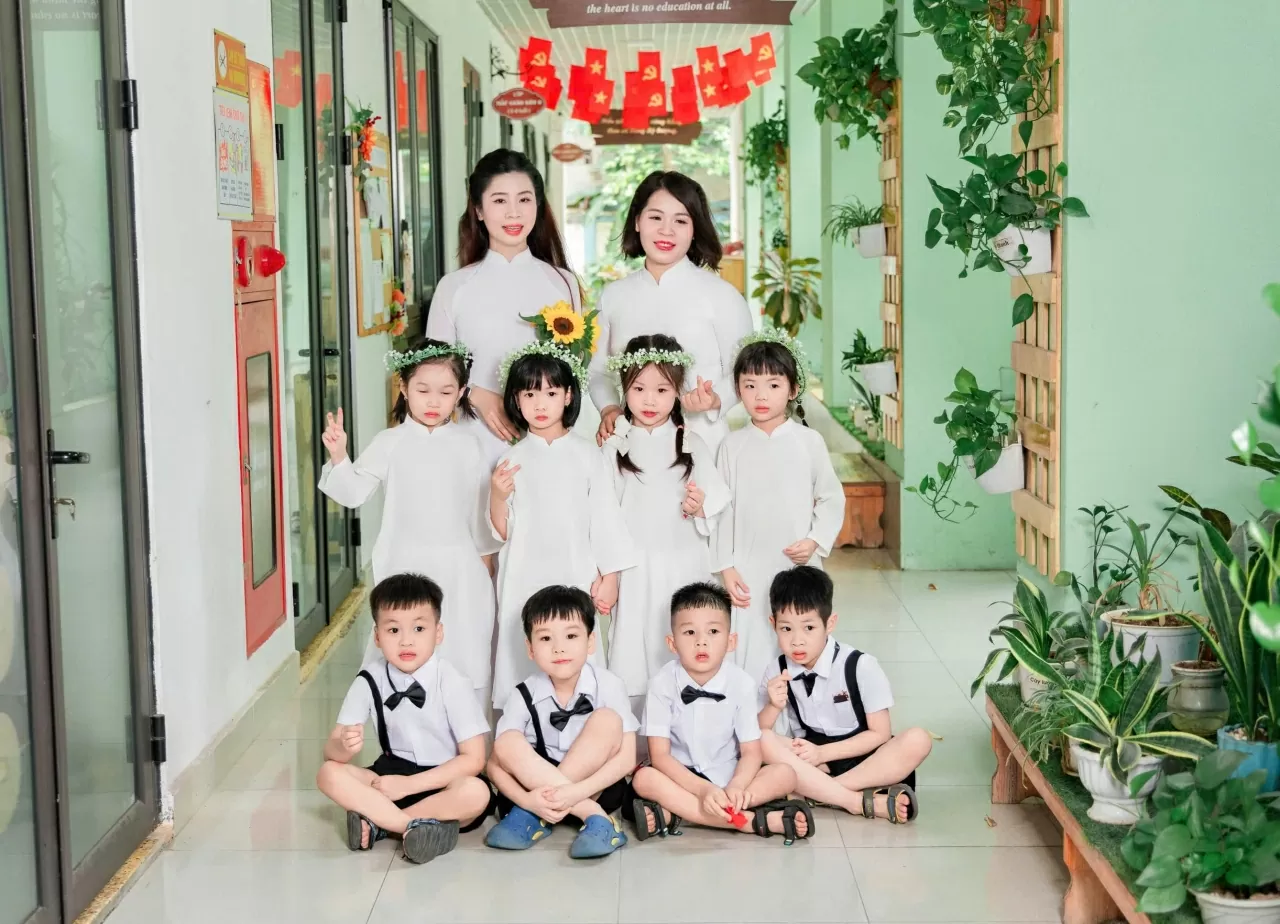 |
| Teachers and students of Sao Sang Kindergarten (Thanh Xuan, Hanoi ). (Photo: Nguyen Trang) |
Love children not only with words
Children are part of the community, the journey to protect and nurture them requires cooperation from all sides. Family is the first support, where children's personality and emotional security are formed. Parents themselves need to make efforts to change to properly enforce children's rights.
Businesses can contribute through social responsibility programs not only by funding but also by creating a friendly and safe educational environment, providing scholarships, or investing in initiatives for children. Children should be considered as long-term human resources and have a great impact on the existence and development of businesses from different perspectives.
The community, especially mass organizations, need to clarify their role in monitoring, supporting, and early detection of risks of harm to children. If all parties act together with a unified vision and long-term commitment, we will create a much safer and more humane “child-rearing ecosystem”.
One initiative I highly appreciate is the implementation of “School Counseling Rooms” in some schools where students receive psychological support from a team of specialized professionals. This model not only helps detect behavioral and emotional problems early but also acts as a bridge between school – family – society in the process of providing comprehensive support for children.
Activities such as “Children Speak – Adults Listen Day” or interactive communication programs on preventing abuse and bullying at school are also contributing to positive changes in awareness and action in the community.
It is important that these initiatives do not stop at a small scale, but need to be expanded and adjusted to suit each region, age group and child characteristics. At the same time, it is necessary to continue to innovate to be closer to children, creating conditions for them to truly participate actively and meaningfully.
I hope that every adult, from parents to teachers, from leaders to anyone, can become a “great friend” of children. To do this, we need to know how to listen, put aside our ego when looking at, thinking about, talking to, educating and protecting children.
Don’t just love your children with words, show it with actions: listen more, be more patient, be more fair and lead by example with kindness. Because sometimes, a look of understanding, a handshake of encouragement or a learning opportunity that we give to children can change a child’s life.
The journey of protecting and developing children is not the responsibility of any individual, but the mission of a civilized and humane society. It is also the way we sow lasting happiness for the future of the country.
Source: https://baoquocte.vn/hien-thuc-hoa-hanh-dong-vi-tre-em-315568.html


![[Photo] Prime Minister Pham Minh Chinh attends the opening ceremony of the National Law Portal](https://vphoto.vietnam.vn/thumb/1200x675/vietnam/resource/IMAGE/2025/5/31/f02ed6288a4340bdb4adf1b2149b9614)
![[Photo] Launching ceremony and drawing of pairs for the "9th TIM CUP Highland Charity Football Tournament"](https://vphoto.vietnam.vn/thumb/1200x675/vietnam/resource/IMAGE/2025/5/31/a4c145af5d1e48c5b48c95116d41a73c)



![[Photo] Emotional and proud flag-raising ceremony and military review on Truong Sa island](https://vphoto.vietnam.vn/thumb/1200x675/vietnam/resource/IMAGE/2025/5/31/9b52525fce6f433083cd0a5bfee59f49)


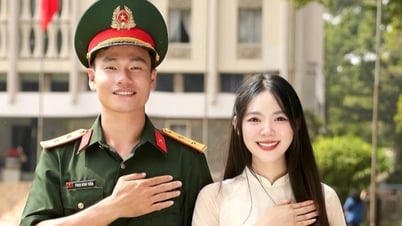

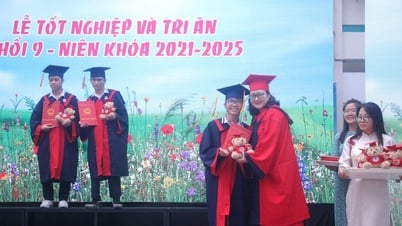
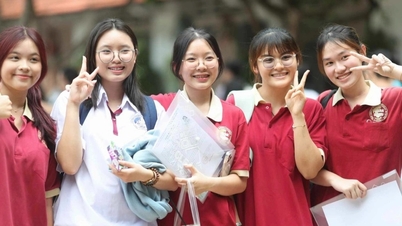







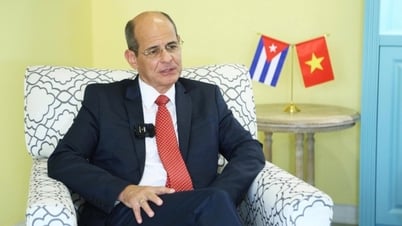
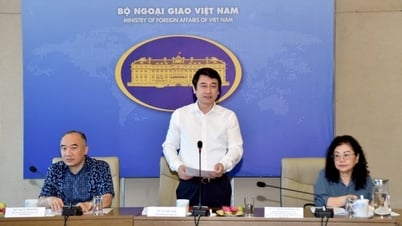


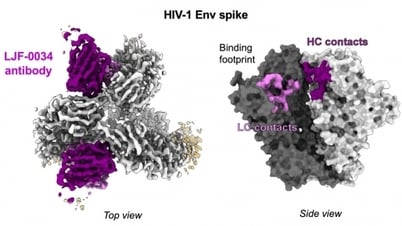
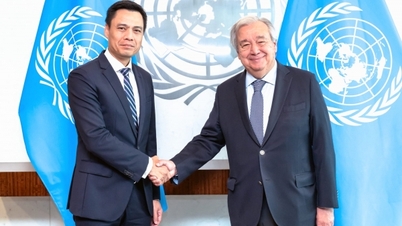




















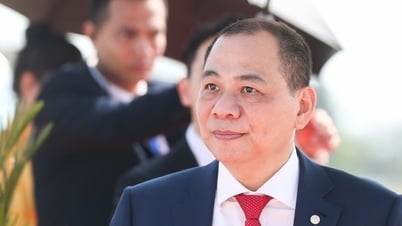










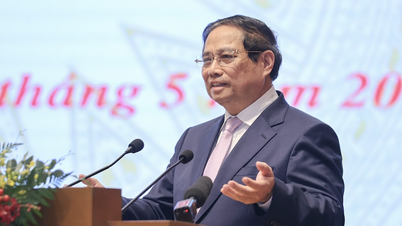

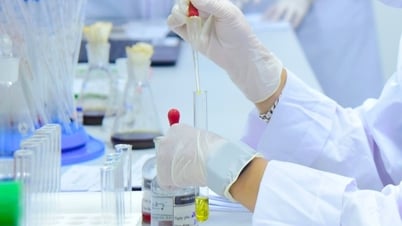

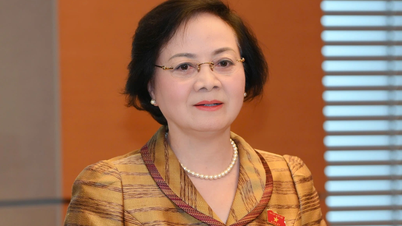






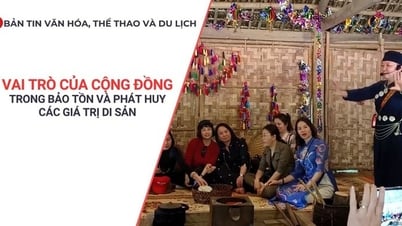




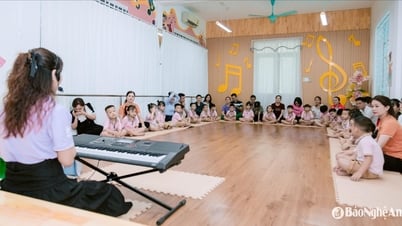

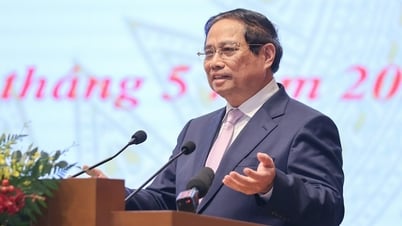

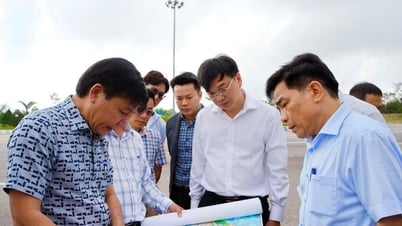
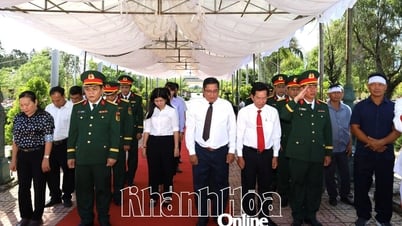










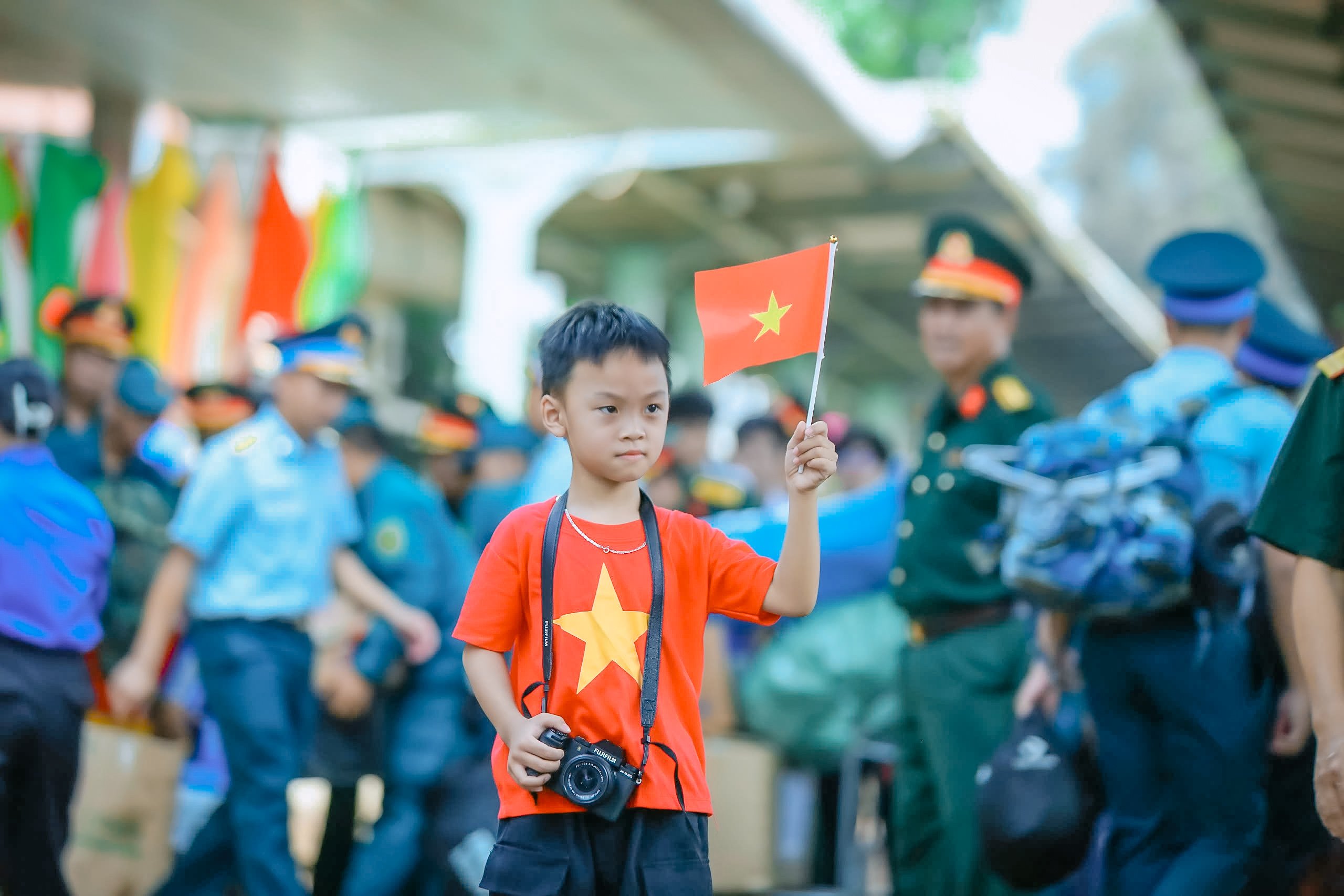



Comment (0)